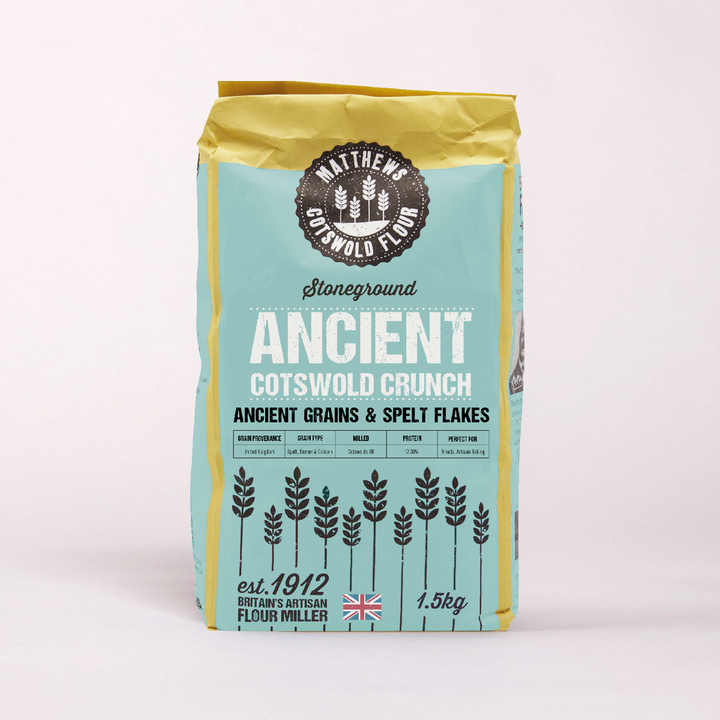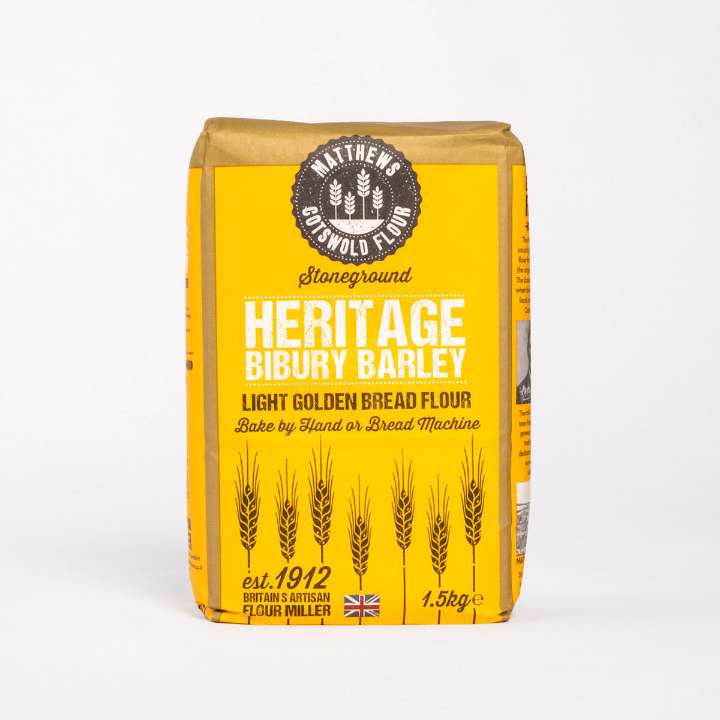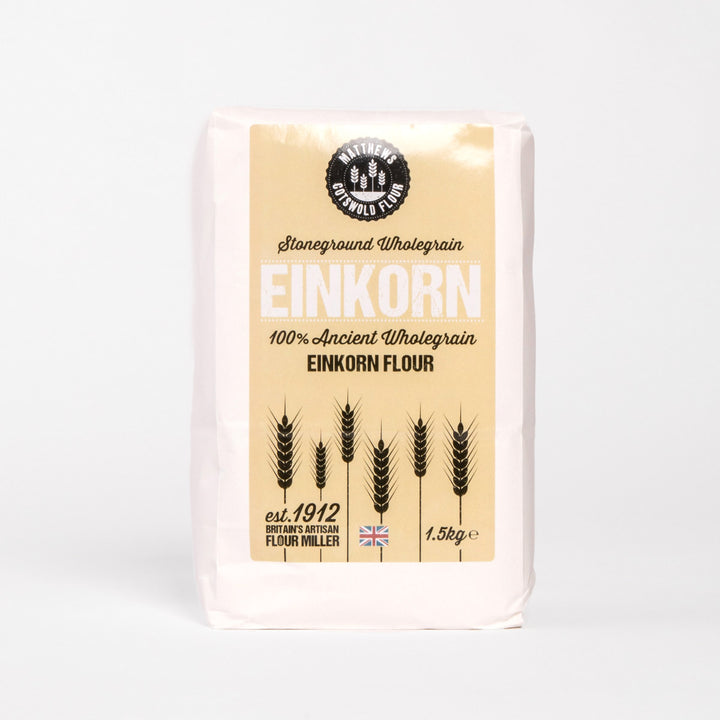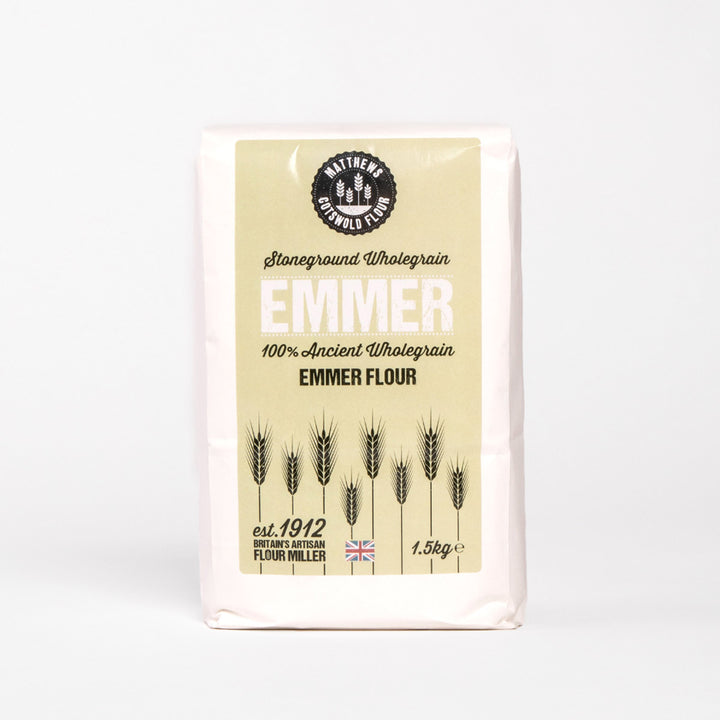Yeast Conversion table: fresh yeast to dry yeast conversion
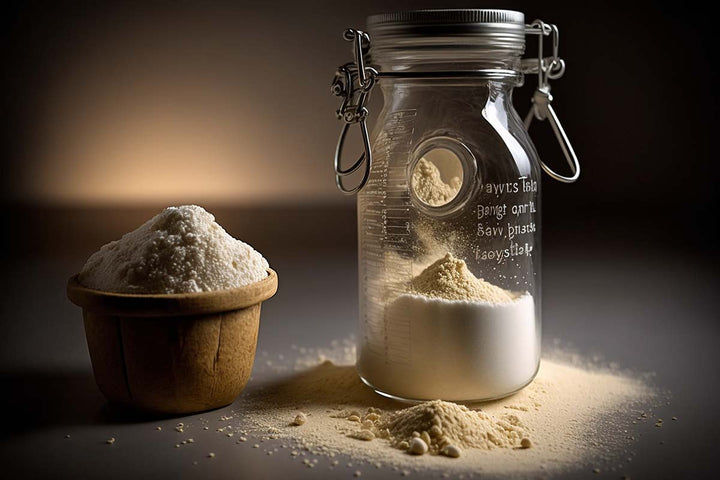
Yeast conversion table for fresh yeast, dry yeast and instant yeast is below.
What is yeast?
Yeast is a tiny single-cell organism, of which there are over 1500 known species. The one used in cooking and food production is called Saccharomyces cerevisiae. Yeast can only be seen with a microscope and needs food, warmth, and moisture to thrive.
When using yeast in cooking it can be useful to convert measurements between fresh yeast and active dry and instant quick yeasts. We have a handy yeast conversion table which you can use easily, and even download to stick on your fridge for when you need it.

Why do we use yeast in baking?
Yeast is a vital ingredient in certain types of cooking, baking and brewing. The way yeast works in baking is that it eats the sugars and in doing so gives off CO2 and some alcohol as waste products. It is this CO2 that is then trapped in the dough as the bread cooks, which causes the bread to rise or expand. This is why unleavened bread is flat because there is no yeast.
What is the difference between baking powder and yeast?
While baking powder also is a raising agent, it is chemical, as opposed to a natural ingredient and so although they both release CO2, and cause the bread to rise, they will have very different tasting results.
Where can I use yeast?
Yeast has been used in cooking for thousands of years in cooking to produce carbonation, leaven bread (make bread rise), make alcohol and even provide nutritional supplementation.
The most common ways to use yeast are:
- Bread and bread based baked products. All sorts of breads can be made using yeast including: white loaves, focaccia, ciabatta, cinnamon buns, brioche, pizza bases, hot cross buns, chelsea buns, donuts and more. Hungry? :)
- Beer. Yeast is added to malted grains to start the process of fermentation (the natural biochemical process of transforming a substance through chemical breakdown into acids, gases or alcohol).
- Wine. Yeast is naturally present on the skins of grapes, and it is possible to produce wine without adding extra yeast. However in practice nearly all wine has the yeast S.cerevisiae added to it. There are different strains of S.cerevisiae which produce different flavours of wine.
- Nutritional supplementation. Although raw yeast is not good for you, once it has been pasteurised, fortified nutritional yeast or yeast extract offers a lot of benefits for the body as it offers a relatively rare non-animal source of vitamin B12. Yeast extract (Marmite, Vegemite) are the most commonly known.
Yeast types
Although nearly all the types of yeast we use in cooking are the same essential yeast: Saccharomyces cerevisiae, there are different strains of this type. For example, the strain of this yeast for brewing is different from the one used in baking.
Sourdough uses a different type of yeast, Saccharomyces exiguous, which is a type of wild yeast. To bake sourdough it is possible to purchase a starter made with this yeast.
Below we discuss the most common types of yeast you will use in baking.
Fresh yeast
Fresh yeast (aka cake yeast, compressed yeast, or wet yeast) is as it sounds a live yeast that is highly perishable due to its fresh nature. For this reason it needs to be refrigerated to slow the decomposition process down, and can only be kept for around 8 weeks.
Although fresh yeast is used by home bakers, it is not used as commonly except by those cooking at some scale for economic reasons (it is cheap for bulk use but more expensive if you have to throw it away due to its short life expectancy). It is also not generally sold in supermarkets but has to be purchased from specialised shops.
For professional bakers it is the preferred choice as it acts quickly thus only requiring one rise when baking, saving the baker time.
Dried active yeast
Also known as ‘active dry yeast’ or just ‘dry yeast’, this is a popular option of yeast choice at home. It requires activating in tepid water before use for around 15 minutes. Time short cooks might prefer ‘Instant yeast’ (see below).
Why use dried active yeast?
Since dried active yeast requires a little more time and effort than instant yeast, a reasonable question might be why use it when you can just use instant? The answer is that with dried active yeast the slower process gives a different quality and texture to your bread. The result might be slightly denser too. Used in artisan and specialist breads (alongside fresh yeast), you can play for time a bit more, producing a different result.
The other advantage to using dried active yeast is that you can physically watch it activate so you will be assured that it is still alive and will therefore work in your recipe.
Instant yeast
Also known as ‘Bread-maker yeast’ or ‘Easy bake yeast’. This yeast has even smaller granules than dried active yeast and it is for this reason it requires no pre-activating before working with it. As its other name implies it is suitable for use in a bread maker, unlike dried active yeast which would not rise properly.
Instant yeast is useful for baking when you have less time available, as it takes less time to rise. Because it is more concentrated than active dried yeast, you only need around a third of the amount.
Instant yeast is very shelf-stable and non-perishable (unlike fresh yeast) and will keep in a dry, airtight container at room temperature until the expiration date.
What is the difference between fresh yeast, instant quick yeast and active dry yeast?
All three yeasts act as a raising agent when baking. Fresh yeast is generally preferred by professional bakers due to its quick rising capabilities. Active dried and instant quick yeasts are much more similar in terms of packaging (they may come in similar tins or packets) and in use. The main difference between the two is that active dried yeast requires pre-activating in water whereas instant yeast can be used straight away with no need to pre-activate.
Can I swap between fresh yeast, dried active and instant yeasts?
Whilst there are clearly differences between all three yeast types it is perfectly possible to swap between them.
Things to remember are:
- Dried active yeast will need a longer rising time than instant yeast. All three yeasts will require different measurements (see our Texthandy yeast conversion table for a guide to this).
- Both fresh yeasts and dried active yeast need proofing (activating) before use - so you need to allow more time for this. Instant yeast, as its name implies, is the quickest yeast to use of the three.
- Fresh yeast will give you a deeper, richer, more ‘yeasty’ flavour.
- Not all yeasts can be used in bread makers: fresh and instant can be but active dried yeast cannot. Instant yeast is the most common yeast to use in a bread maker.
Yeast conversion table
|
Baker's Fresh Yeast |
Active Dry Yeast |
Instant Yeast |
Brewers' Yeast |
|
3g |
1.5g |
1g |
2.7g |
|
6g |
3g |
2g |
5.4g |
|
10g |
5g |
3g |
9g |
|
12g |
6g |
4g |
10.8g |
|
15g |
7.5g |
5g |
13.5g |
|
17g |
8.5g |
6g |
15.3g |
|
20g |
10g |
7g |
18g |
|
30g |
15g |
10g |
27g |
|
34g |
17g |
11g |
30.6g |
|
40g |
20g |
13g |
36g |
|
68g |
34g |
23g |
61.2g |
|
80g |
40g |
27g |
72g |
How do I use the yeast converter?
This yeast conversion table can be printed to go on your fridge and offers an easy to read chart of comparable measurements in grams.
The most popular measurements in most recipes are given, and you can use these to translate other measurements that fall in between.
Download and print the yeast conversion table or pin it!
Yeast conversion table for fresh yeast, active dry yeast and instant yeast
What is compressed yeast?
Compressed yeast is a specific type of fresh yeast in which as the name suggests, it has been compressed so that most of the water is squeezed out of it. It is then cut into small blocks ready for use by bakers. It is used in both small and high-speed bakeries. It is very cost-effective when used at scale.
As with all fresh yeasts, it must be refrigerated.
What is the difference between brewers' yeast and active dry yeast?
Upon fermentation yeast leaves behind both CO2 and alcohol. Clearly when brewing beer it is necessary to have both CO2 and alcohol left behind, but when baking we only need the CO2 for texture to make our loaves light and airy.
Can I substitute brewers' yeast with active dry yeast?
Although both processes require the same yeast Saccharomyces cerevisiae, brewer’s yeast is traditionally a different strain and therefore produces a different taste (one producing lots of alcohol, unnecessary in the baking of bread). You can substitute brewers yeast for active dried yeast, but you will probably get a slightly more bitter result.
It is also possible to substitute the other way around, active dried for brewer’s yeast, but again, you might not get the distinct flavour you were after for your beer.
More conversion tables
We have other conversion tables that might come in handy in your kitchen:
- Cups to grams
- Yeast Conversion Table
- Ounce to Grams: Imperial to Metric Conversion Table
- Teaspoons and grams
- Oven Temperature Conversion
← Older Post Newer Post →


